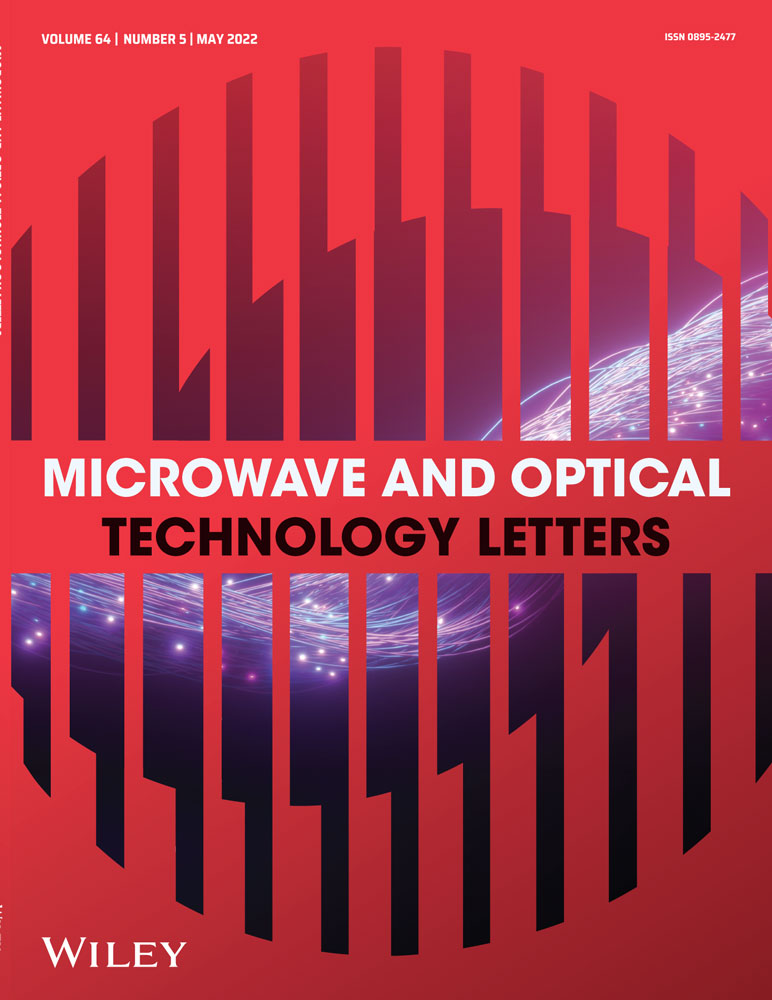Opportunistic control of crescent shape MIMO design for lower sub 6 GHz 5G applications
Abstract
For lower sub-6 5G applications, a two-element crescent angular ring antenna is proposed. The suggested Multiple-Input–Multiple-Output (MIMO) antenna has a dimension of 38 × 25 mm2, a substrate height of 1.6 mm, and dielectric material of FR-4 (lossy) with a dielectric constant of 4.4 and a loss tangent of 0.002. For 50-Ω impedance matching, a line feed approach is used to improve return loss and achieve −35 dB at 3.5 GHz. Furthermore, there is a fractional bandwidth from 3–6.5 GHz (116.6%) using a monopole ground plane maintained with |S11| < −10 dB. Changing the placements of the radiators improves isolation by −42 dB. For the current crescent shape, the MIMO structure showed a radiation efficiency and gain of 84.25% and 6.2 dBi. Finally, the performance of MIMO metrics of the crescent shape structure like ECC, diversity gain, channel capacity loss, TARC, and mean effective gain is evaluated in addition to good radiation characteristics.
Open Research
DATA AVAILABILITY STATEMENT
Data available on request from the authors. The data sheet support the findings of this study are available from the corresponding author upon reasonable request.




